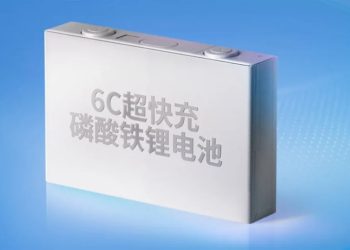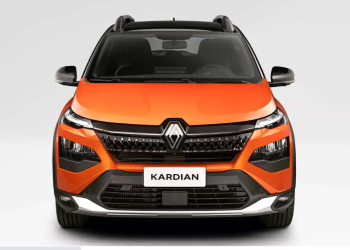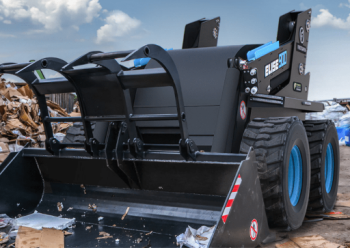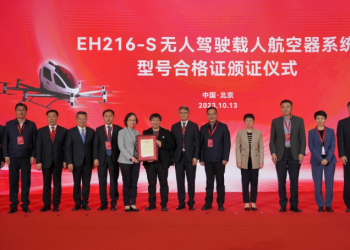Researchers at the King Abdullah University of Science and Technology (KAUST) in Saudi Arabia have discovered how to extract lithium, an essential part of electric vehicle batteries, from seawater in a more cost-effective way.
The study, just published in the journal Energy & Environmental Science and titled “Continuous Electric Pumping Membrane Process for Lithium Mining in Seawater”, states that the method can serve as a feasible approach to secure the supply of lithium for future energy use.
The researchers assume that the ocean contains around 5,000 times more lithium than the land, yet it is in extremely low concentrations, around 0.2 parts per million.
For that reason, capturing the parts is tricky, but the KAUST team tackled the challenge using water from the Red Sea.
The KAUST team solved this problem with an electrochemical cell containing a ceramic membrane made of lithium lanthanum titanium oxide (LLTO). Its glass structure contains holes wide enough to allow lithium ions to pass through while blocking larger metal ions.
It may also interest you: Innovative anti-accident system monitors the driver’s eyes
The cell contains three compartments. Seawater flows into a central feed chamber, where positive lithium ions pass through the LLTO membrane into a side compartment containing a buffer solution and a platinum and ruthenium coated copper cathode.
Meanwhile, negative ions exit the feed chamber through a standard anion exchange membrane, passing into a third compartment containing a sodium chloride solution and a platinum-ruthenium anode.
The researchers estimate that the cell would need just $ 5 of electricity to extract 1 kilogram of lithium from seawater, and the value of the hydrogen and chlorine produced by the cell would more than outweigh the cost. Furthermore, the waste seawater could be used in desalination plants to provide fresh water.
Written by | Gabriel Sayago











